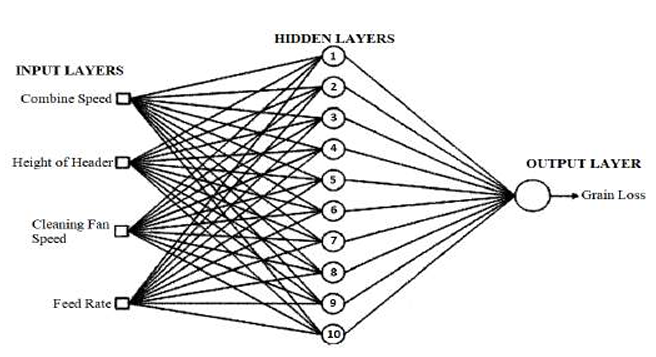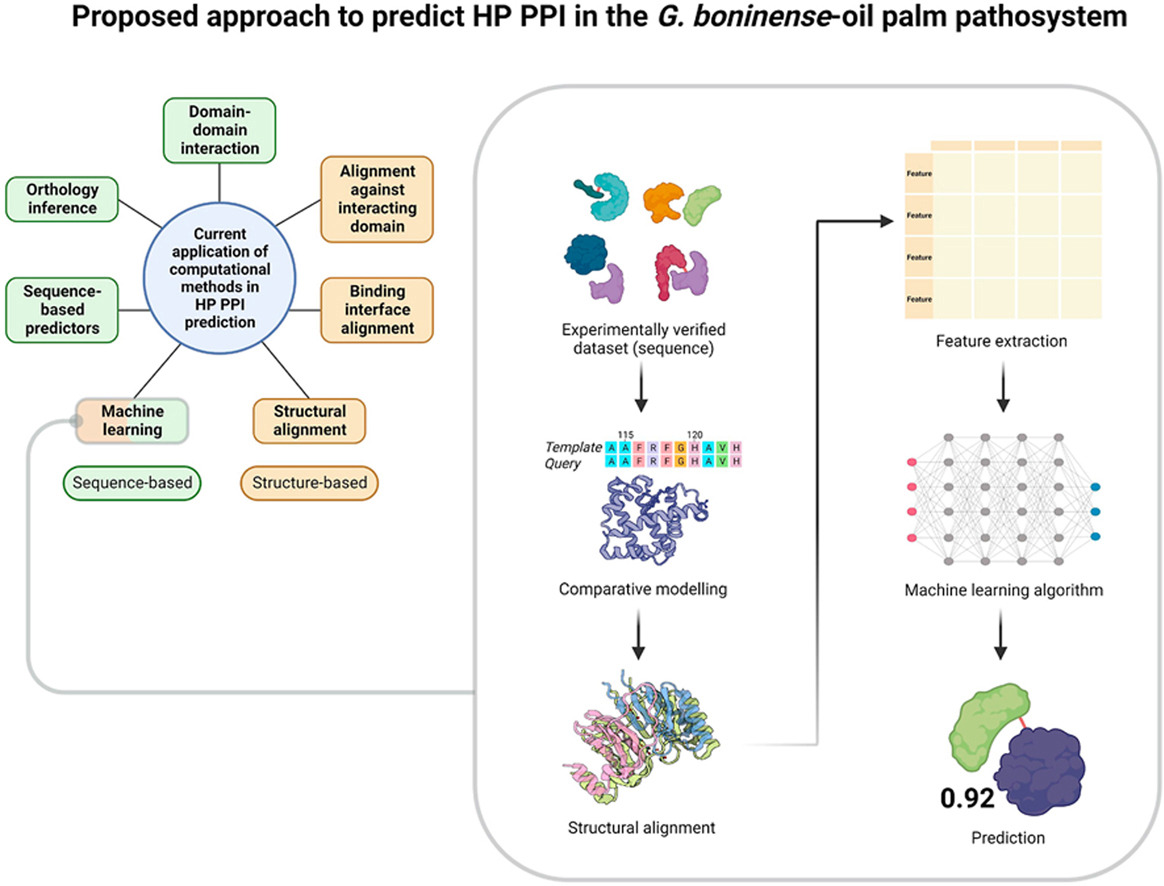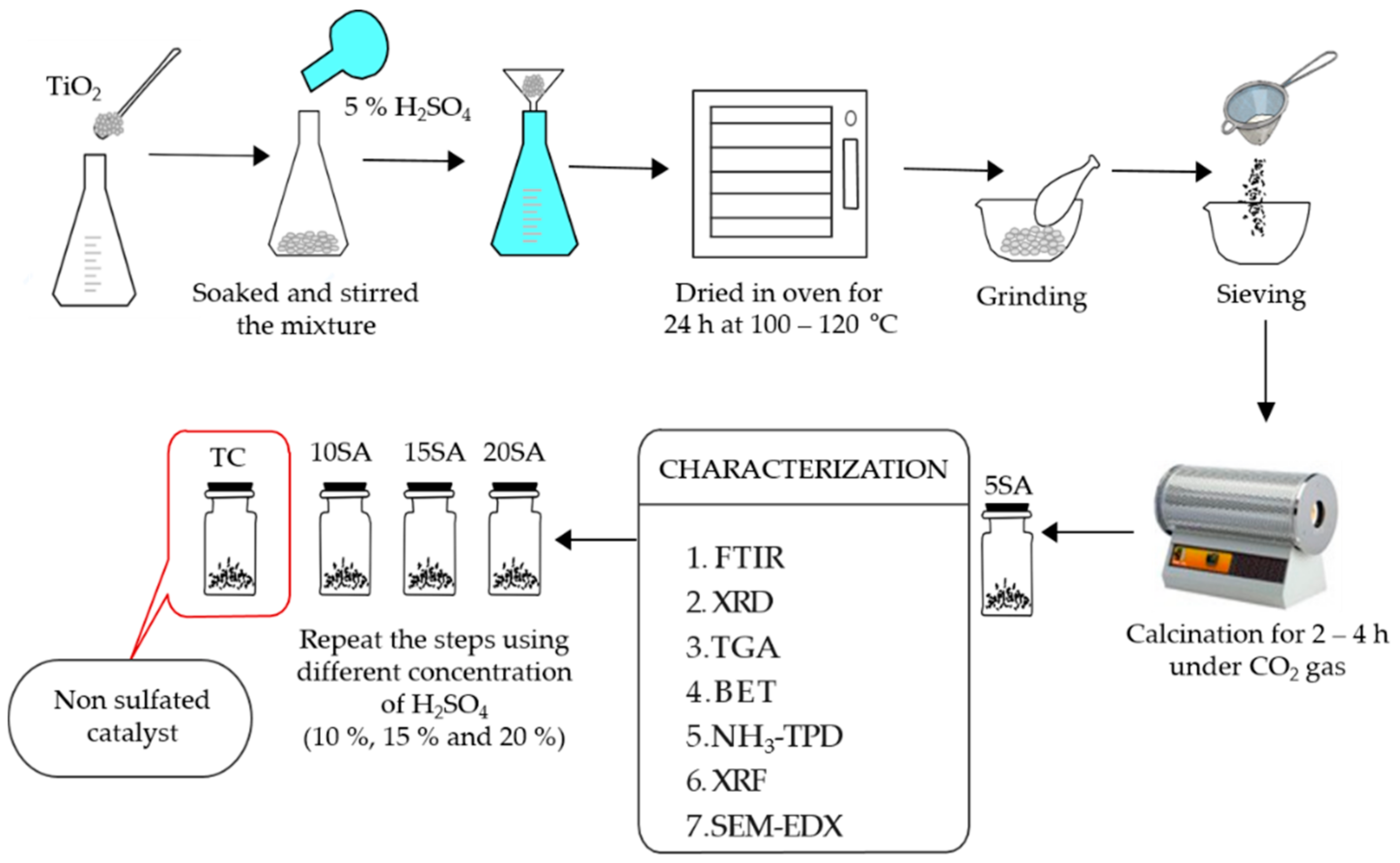Biomass-derived biochar emerges as a potential green bio-coal candidate for power generation. However, biochar production by conventional method reflects lower quality than microwave heating method. Microwave pyrolysis seemingly produces better biochar properties with 13.9% higher carbon content, 39.7% higher fixed carbon content and 15.2% higher calorific value as compared to biochar produced by the conventional pyrolysis. In addition, microwave-assisted pyrolysis has been proven to be an efficient and economical technique for biomass conversion into biochar. Microwave heating might benefit from moisture as microwaves are easily absorbed by water, which could enhance the gasification reaction and produce greater amounts of gaseous compounds. The process can be further improved by utilising susceptor. This research focuses on producing biochar from microwave pyrolysis of empty fruit bunch (EFB) in an alumina susceptor. EFB pellet (PEFB) and EFB short fibre (FEFB) were pyrolysed in a 14 L bench scale microwave pyrolyser at temperatures between 200 and 400 °C. The pyrolyser performance (biochar yield, energy efficiency) and biochar properties (proximate analyses, ultimate analyses, calorific value and ash content) were analysed. The results showed that temperature of 300 °C demonstrated the optimised conditions for biochar production. FEFB produced 5.2% higher biochar yield and exhibited better biochar properties compared to PEFB. FEFB-derived biochar (FEFBC) overall characteristics were better than PEFB-derived biochar (PEFBC), with higher heating value (25.19 MJ/kg), fixed carbon (64.52%), volatile matter (13.38%) and carbon content (59.83%). However, FEFBC has high tendency of forming slagging and fouling in the combustor as the ash indexes were > 0.34 kg/GJ and RB/A > 1.75.

Fig. 1. Feedstock samples. (1) EFB pellet (PEFB), (2) EFB short fiber (FEFB)

Fig.2 Compositions of pyrolysis gas synthesised from laboratory scale microwave pyrolysis at different reaction time/temperature
Date of Input: 24/02/2023 | Updated: 24/02/2023 | ainzubaidah
MEDIA SHARING




























